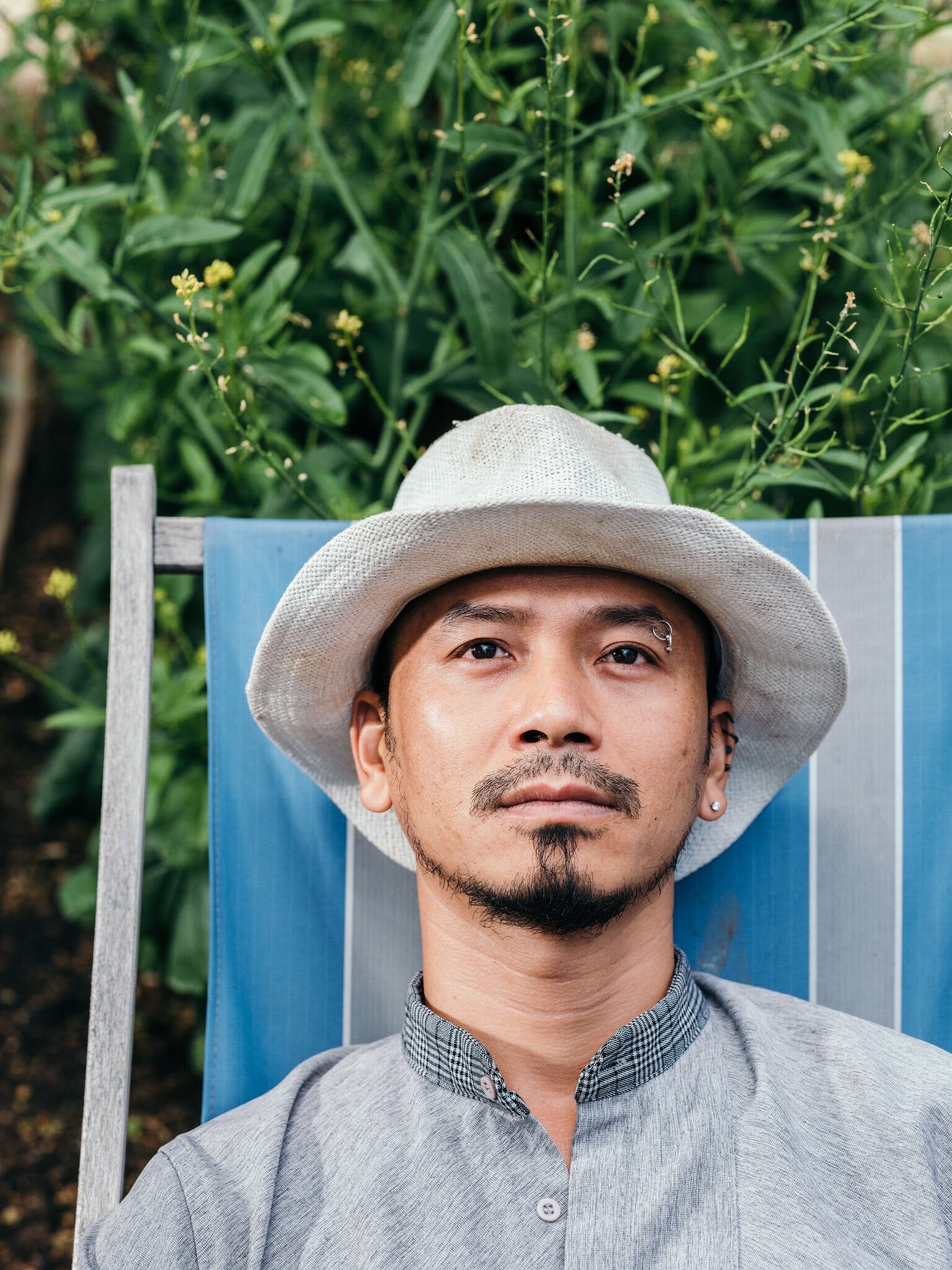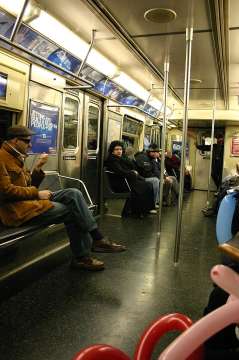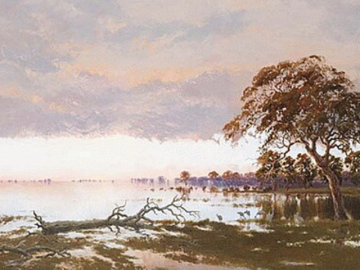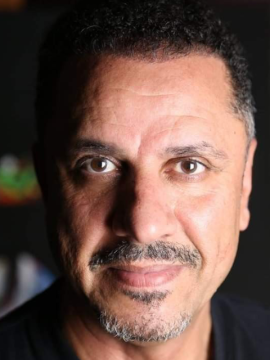Interview with Tuấn Mami: Vietnamese Immigrating Garden
Tuấn Mami

Tuấn Mami is an interdisciplinary-experimental artist, working with site-specific installation, video, performance and conceptual art, who constantly explores new mediums, means and methods of evolving with reflective questioning, and social research. His focus deals with questions about life, social interactions between people, and people with their environment, to re-construct situations into ones that engage people or objects from particular reality to enter and involve together in a social process.
We spoke with him about his community project 'The Vietnamese Immigrating Garden' and its most recent iteration at Documenta15, Kassel.
How did your project The Vietnamese Immigrating Garden evolve?
In early 2020, I was stuck in Taiwan for around 8 months during Covid-19. At that time, I had chance to travel around Taiwan to meet and talk to Vietnamese people. Looking into the Vietnamese migrant community in Taiwan, many Vietnamese people try to grow Vietnamese plants here, from small rooftop of their houses to balcony of school’s dorms, back side of their factory, or even a random empty land on street... But it is quite difficult mission, since many of them are working very hard every day from morning to midnight, and also it is illegal to bring seeds, plants, or even fruits to Taiwan. Then I started to research about the history of immigrating plants.
Can you tell us about your research and engagement with immigrant and diasporic communities in Taiwan and how this shaped the project?
One day, I traveled with a Vietnamese worker from Taipei to visit an old Vietnamese garden in a far away location in middle of Taiwan. He just wanted to collect some Viet plants to bring to his dormitory to grow and to see the plants as connection to his hometown, his family, because he felt missing home so much.
The garden was built by many trips back and forth bringing plants from Vietnam to Taiwan from parents of a Vietnamese lady, they wanted to create it for her. To help the daughter feeling home-mentally and practically.
The parents passed aways few years ago, so no one has time to take care of the garden because the daughter doesn’t have enough time with her busy work.The garden was slowly being wild and abandon.
I want to expand the story, expand the loving efforts- a strong will from the parents- to support and protect their daughter. From that idea, I decided to collect and expand the garden, bringing it to Vietnamese community, share it with them by transform it to a social platform that people can come together, work, share, eat, and support each other.
What made you interested in telling the stories of migration—starting with Vietnamese migrant communities in Taiwan—through a focus on illegally imported plants?
Back to the time, I was working in other project in my parent hometown, where many lime stone mining companies are destroying the land, mountain, forest, cultures and local life. Where many people have to fled away to avoid the deadly polluted and losing their jobs and resources. As many minority’s areas, there is a big social inequality which is result of corruption by alliance between government and exploiters, businessman...
On the chance, I meet many Vietnamese in different countries, who fled away from their loving home town, many of them are waiting for a day to go back to their home land, crying for the division of their family members. Then they use their motherland plants as metaphor to reduce their home sick, their loneliness... Many people do everything to have some home-town plant with them in the new country.
These little plants could be very meaningful for Vietnamese immigrant. Through this project, I try to build a hope to provide for Vietnamese immigrants a connection to their culture, homeland, family, and memories.
I also want to discuss about our modern politics, social limitation, power’s hierarchies.
Your research also examines how the two-way importation of plants between Europe and Asia during colonial times has obfuscated the origin of many plant specimens. How does the project speak to ideas around plant classification and ideas around “native” versus “introduced” species?
I just want to repeat a Note when I wrote about this work:
‘Most of the plants nowadays are immigrated along our history because nature, wind, human, animals….
The colonized period was the biggest movement to spread plants from continents to other continents on this planet. They wanted to exploit labor, local resources, and making money to provide for their countries. They want to dominate the others.
Some examples such as: In 19th century, French colonizer brought Rubber tree, cafe tree, pepper tree,… grew in Vietnam to provided for their uses. In 1944, Japanese colonizer came to Vietnam, they cut off rice tree to grow Jute tree to make gun powder, military clothes to provide for their war. In Taiwan, Holland colonizer brought Custard apple tree, cactus, grass apple tree, mango,… for their uses. The German colony period in Africa in the 19th century, German stretched the cotton plantations across East Africa to provided for their big textile factories in Europe.
And nowadays, in about the last 20 years, many rich countries have become too sensitive to the natural world, to the economy, to power. They created strict laws that forbade people from bringing plants and seeds from other places into their land. They are afraid of strange insects that might attack their crops, they are afraid of foreign plants that will invade their land and vegetation. And they worry about many other things...
Can you speak to your experience of extending the garden to Kassel, Germany as part of Documenta15 and how this new location reshaped the project?
To made this project in Germany is quite challenging because the weather is so cold. It seemingly was impossible. But with the big supports and knowledges from Vietnamese people living here. They shared their seeds and skill to grow Vietnamese Plants with me.
At the end, I could see the work was turned to be very powerful collective work. I recognized that with the love and hope, we can do something much bigger than our definition.
And the last, making this in progressive work and community- based work in Documenta was extremely difficult. The nature of this work is very flexible, very floating. How to create a meaningful and unpredictable work in this such big platform is very challenging. The good thing is with this platform, I can share my stories, my hope to a very large community, connect more people together. That is what I wish for the fate of this project.


